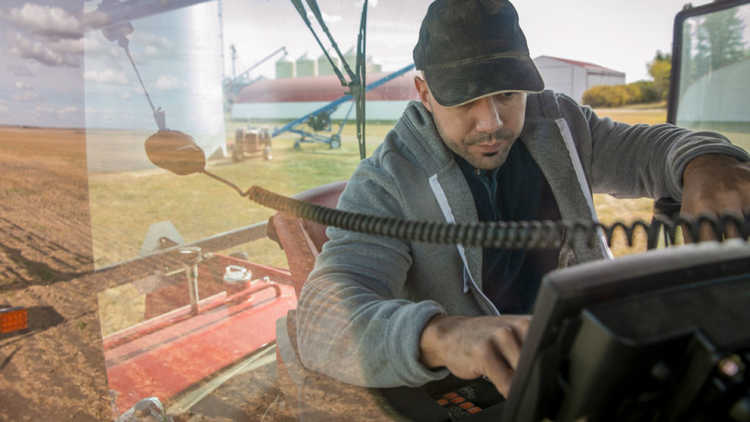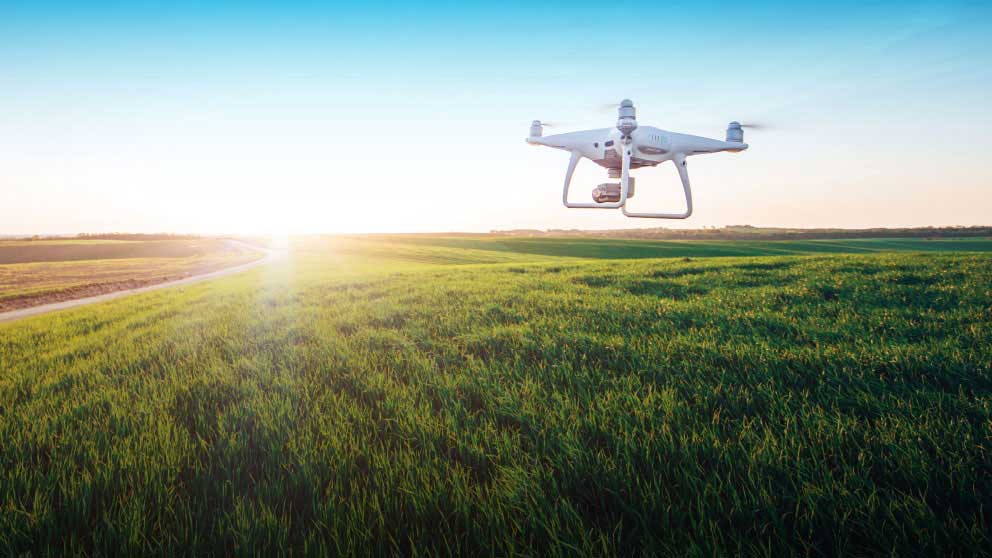How farmers and processors can stay innovative

Canadian agriculture and its supply chain pivoted multiple times over the years. Farmers and processors alike frequently adjust to the rapidly shifting ground they find themselves in.
Navigating change
To successfully navigate change, many farmers and processors take innovative approaches to shift traditional practices, improve efficiencies, overcome challenges and move the business ahead.
One person who sees opportunity is Maggie Van Camp. The national agricultural practice development leader for BDO Canada says that for a large part, farm businesses are still family-owned and, as a result, can pivot with agility.
“By observing what’s happening, we’ll find new efficiencies, find creative solutions and see new ways to market our products,” Van Camp says.
Start with finances
Finances are a natural starting point for all farmers and processors seeking to innovate and make changes. Van Camp recommends hiring a financial expert to carry out cash flow projections into the next year and conducting a regular review of current accounts, while also having updated balance sheets.
“Consider it like doing a financial health checkup to help you identify internal strengths and weaknesses, including knowing your working capital,” she says. As well, a strong relationship with your farm’s lender is always a net benefit.
Innovation for food safety
Within the Canadian food processing sector, innovation has accelerated in the name of safety.
Processors have made many changes. COVID-19 brought about common changes such as glass shields at workstations, increased sanitization, investments into forehead thermometers and offering incentives to bring employees back to work.
There’s optimism that growing consumer awareness and interest in food systems will drive food processing innovations.
Denise Allen, president and CEO of the Food Processors of Canada, says the organization believes many of the sanitation and health and safety practices are the new normal. However, she points out other innovations may lag as the financial burden can be great, depending on the size of an operation. However, there’s optimism, as growing consumer awareness and interest in food systems will continue to drive innovations.
“That is bringing the focus back into food production and local food systems, which is really important,” Allen says.
Innovation into the future
Beyond that, she hopes innovation will continue for the food processing sector in the form of new and advanced data analytics.
“Data which helps us understand climate and soil, which will, in turn, allow us to better plan all resources such as labour, fertilizers, seed, water and optimize the skills required to maximize productivity,” Allen says.
“Better farm management in terms of efficiency will enable food processors to innovate recipes and product offerings and maximize cost containment by having shared views on farm operations and yield.”
Allen adds that improved use of resources will have immediate impacts on climate change by observing crop health and weather events. Also, processors can tailor their offerings based on the availability and quality of crops and increase export opportunities.
“If we have advance knowledge of crop quality and volumes, we can, in turn, plan our value-added resources to maximize value for the consumer,” she says.
Bottom line
Navigating and adapting to change in Canadian agriculture and agri-food means improving efficiencies, overcoming challenges and continuing to move the business ahead. Finding and being prepared for innovation means being on top of finances. For processors, the industry predicts growing interest in food production will drive some innovation, especially for food safety. Beyond that, expect data analytics to play an increasingly important role in innovation for food production.

Every farming operation needs someone to take charge of tech and lead the entire team in the best choices and use of technological advances.
